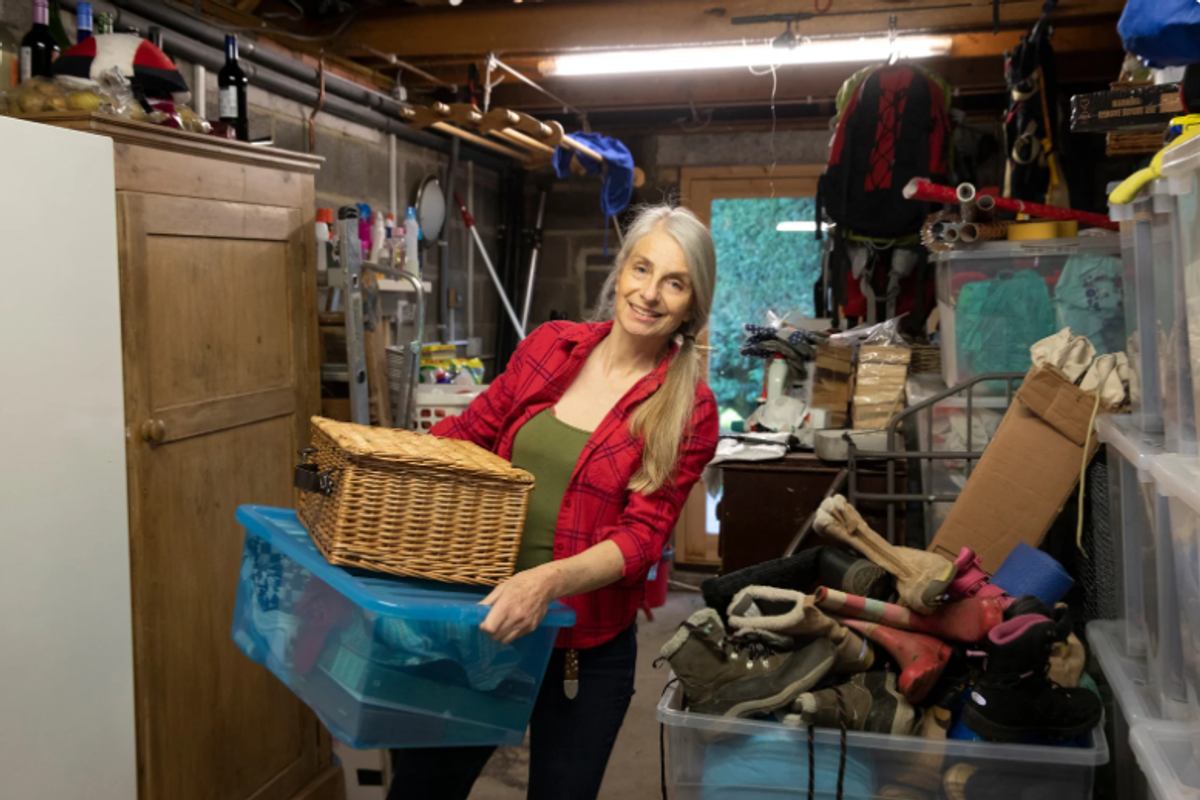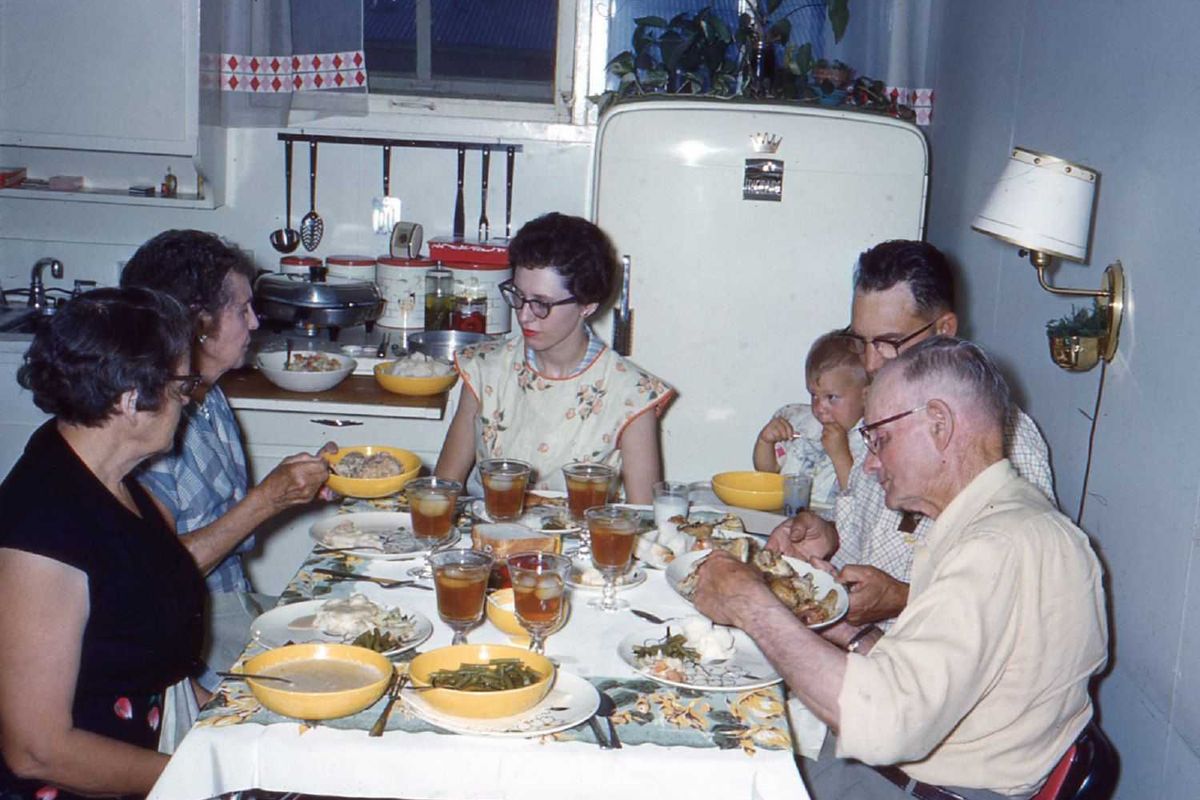This quick-thinking teen cleverly befriended a woman's kidnapper to rescue her
Malyk Bonnet did a very brave thing: He listened to his gut.

Malyk Bonnet recounts his clever rescue.
You've probably been there. You're out and about and you see something that just feels...off.
"Should I step in? ... But it's not really any of my business. ... And I'm not even sure they need my help..."
Our gut tells us to speak up, to ask questions, to tell someone. But often, we don't.
This happened to Malyk Bonnet in 2015. The then 17-year-old from Montreal saw a strange situation, and instead of ignoring his instincts, he acted brilliantly. It may have saved a woman's life.
Bonnet had been having a relatively normal day until he spotted something suspicious on his way home.
He'd been waiting for the bus after a shift at the restaurant where he works when he saw a man and woman arguing. He sensed a red flag.
"The guy was screaming at her, the girl," Bonnet told CBC News. "He wasn't really gentle with her, and I started watching, because I thought he would hit her, so I approached them a little bit."
The pair asked Bonnet if he could lend them bus fares to nearby Laval, a city about 25 miles away from downtown Montreal.
Bonnet felt uneasy about what was happening. But instead of declining, he decided to get more involved. He helped the man and woman with their fares and told them he was also traveling to Laval (which was not the case).
"My plan was to keep them in a public place where he wouldn't hurt her," Bonnet told Dateline NBC. "I decided to be friendly with the man and have him think I was his friend. I played my game and he seemed to trust me."
After arriving in Laval, Bonnet suggested they grab a bite to eat. At the restaurant, he gave the pair $50 for food and excused himself to use the restroom. Finally having the opportunity, he called the police and told them "someone had been kidnapped." Officers arrived minutes later.
What Bonnet hadn't known at the time was that police were already looking for the perpetrator and his victim.
The abusive man Bonnet reported had abducted his ex-girlfriend just hours beforehand.
"We were looking for a 29-year-old woman who was kidnapped by her former boyfriend earlier that day," Laval police Lt. Daniel Guérin told CBC News. "We believed that man was very dangerous."
Previously, the abuser spent time behind bars for assaulting his ex and sending her death threats.
Bonnet told Dateline NBC that while he didn't speak with the woman after police arrived, he could see how relieved she was. "We made eye contact and she had tears in her eyes. She was really happy."
Unfortunately, this type of tragic experience isn't all that rare.
While this particular story unfolded in Canada—where roughly half of women have experienced at least one incident of sexual or physical violence since the age of 16—you'll find similarly alarming statistics in the U.S.

1 in 4 American women will experience domestic violence in her lifetime.
Photo via Thinkstock.
1 out of 4 American women will experience domestic violence in her lifetime. What's more, female victims of homicide are far more likely than male victims to be killed by a current or former partner.
Although it may seem easy to simply leave an abusive relationship in the dust, take it from some women who've been there—it's much more difficult than it seems from the outside looking in.
Instead of passing judgment, you can learn more about how you can help friends and family members who may be experiencing domestic abuse.
Watch Bonnet recount the story in his own words:
- YouTube
Bonnet has become a local hero for his selflessness.
"His quick actions may have saved this young woman's life," Guérin said. The officers made sure to collect money so Bonnet could be reimbursed for the bus fares and food he purchased while trying to save the victim. "He now has 500 new friends in our department."
Thank you, Malyk, for reminding us that sometimes the bravest thing we can do is simply listen to our gut when it's trying to get our attention.
This article originally appeared nine years ago.
- Man pulled from crashed aircraft seconds before a train demolished it ›
- Man pulled from crashed aircraft seconds before a train demolished it - Upworthy ›
- These paramedics are training with jet packs to quickly reach victims in remote areas - Upworthy ›
- 20 high school students lift car to rescue mom and toddler - Upworthy ›
- Teens bolt out of school to rescue man on railroad tracks - Upworthy ›
- Teen's quick thinking saves neighbors stuck on roof during fire - Upworthy ›







 barkpost GIF
barkpost GIF 
 Introverts tend to be good at listening and empathy.
Introverts tend to be good at listening and empathy. A lot of introverts struggle with networking.
A lot of introverts struggle with networking. One-on-one networking is preferable for introverts.
One-on-one networking is preferable for introverts.